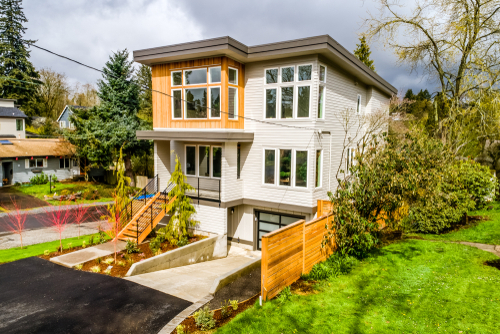
Roof styles are an important aspect of home design and can greatly influence a house’s overall appearance and functionality. Whether you are building a new home or looking to replace your current roof, understanding the different types of roof styles available is crucial in making an informed decision. In this article, we will discuss 11 common roof styles, their unique characteristics, plus pros & cons.
Gable Roof
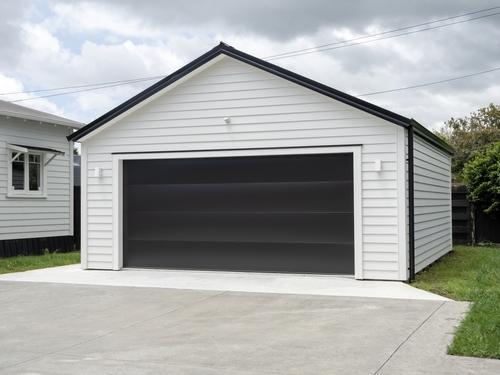
A gable roof is the most common type of roof style. It consists of two sloping sides that meet at a central ridge, forming a triangle-shaped structure. This style is popular due to its simple design and cost-effectiveness. The steep slope helps to shed water and snow easily, making it ideal for areas with heavy rainfall or snowfall.
Pros:
- Allows for extra headroom and storage space in the attic.
- Provides better ventilation and natural light.
- Easier to construct and maintain compared to other roof styles.
Cons:
- Not suitable for high wind areas as it can be prone to damage.
Hip Roof
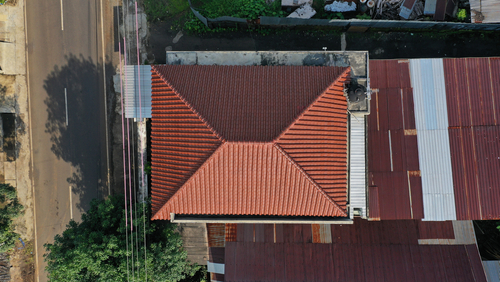
A hip roof has four sloping sides that meet at a ridge, forming a gentle slope on all sides. This style is more stable and durable than the gable roof, making it suitable for areas with high winds and heavy snowfall.
Pros:
- Excellent ventilation and natural light due to the multiple slopes.
- Can withstand strong winds and heavy snowfall.
- Provides extra living space and allows for more creative interior design options.
Cons:
- More complex to construct, making it a pricier option.
- Less attic space and storage compared to a gable roof.
Mansard Roof
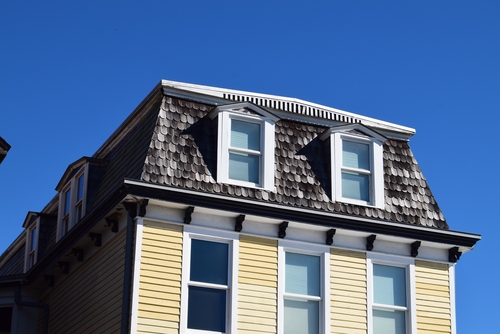
A mansard roof is also known as a French or curb roof. It has four sloping sides, with the lower slope being steeper than the upper one. This style is commonly found in traditional European and Victorian-style buildings.
Pros:
- Provides extra living space in the attic due to its steep slope.
- Allows for more flexibility in terms of design options.
Cons:
- More expensive to construct and maintain compared to other roof styles.
- Requires regular maintenance to prevent leaks and water damage.
Gambrel Roof
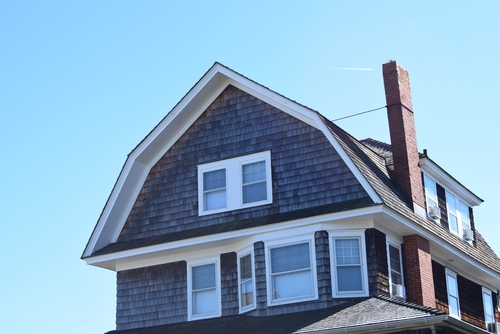
A gambrel roof is similar to a mansard roof, but with two slopes on each side instead of four. This style is commonly used in barns and farmhouses.
Pros:
- Provides extra space in the attic for storage or living areas.
- Ideal for areas with heavy snowfall as the steep slope helps to shed snow easily.
Cons:
- Not suitable for areas with high winds, as it can be easily damaged.
- Limited design options compared to other roof styles.
Flat Roof
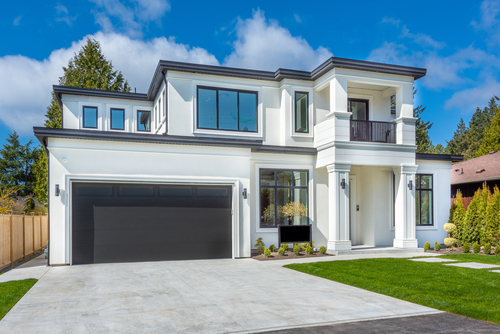
As the name suggests, a flat roof has little to no slope and is commonly used in commercial buildings and modern homes. However, it can also be found in traditional architecture styles such as the Mediterranean or Prairie style.
Pros:
- Cost-effective and easy to construct.
- Provides a flat surface for rooftop activities such as gardening or outdoor living areas.
Cons:
- Prone to leaks and water damage if not properly maintained.
- Not suitable for areas with heavy snowfall, as the weight can cause structural damage.
Shed Roof

A shed roof is a single-sloping roof that is commonly used in sheds and outdoor structures. It is also popularly used in modern home designs, giving a sleek and minimalist look.
Pros:
- Simple design makes it cost-effective to construct.
- Allows for a modern and minimalist look in home designs.
Cons:
- Limited space in the attic for storage or living areas.
- Not suitable for areas with high winds, as it can be easily damaged.
Saltbox Roof
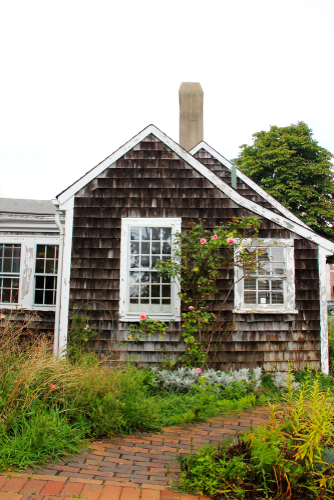
A saltbox roof is an asymmetrical roof style that has two slopes of different lengths. It is commonly found in Colonial-style homes and gives a unique and interesting look to the exterior of a building.
Pros:
- Offers a unique and visually appealing design option.
- Can provide extra living space in the attic with its steep slope on one side.
Cons:
- More expensive to construct compared to other roof styles.
- Not suitable for areas with high winds, as it can be easily damaged.
Butterfly Roof
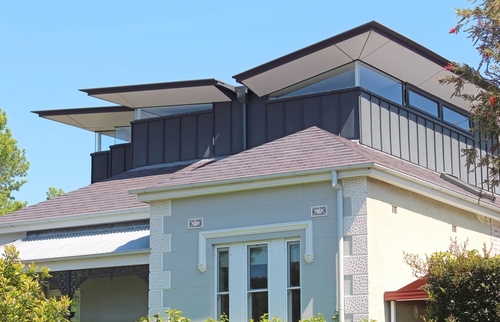
A butterfly roof is a V-shaped roof that slopes inward from both sides, creating a valley in the middle. This style is commonly used in modern and eco-friendly homes.
Pros:
- Provides a unique and modern look to the exterior of a building.
- Allows for natural light and ventilation in the interior space.
Cons:
- More expensive to construct compared to traditional roof styles.
- Requires regular maintenance to prevent leaks and water damage in the valley.
Sawtooth Roof
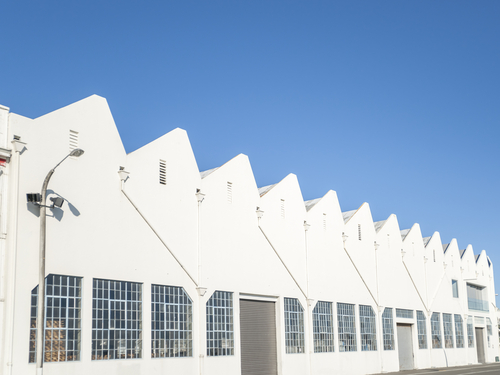
A sawtooth roof is a series of ridges with vertical glass panels on one side, resembling the teeth of a saw. This style is commonly used in industrial buildings but has gained popularity in modern home designs.
Pros:
- Provides ample natural light, making it energy-efficient.
- Offers a unique and modern look to the exterior of a building.
Cons:
- More expensive to construct compared to traditional roof styles.
- Requires regular maintenance to prevent leaks and water damage in the vertical glass panels.
Bonnet Roof
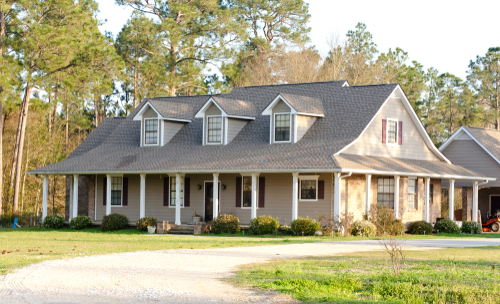
A bonnet roof is similar to a hip roof but has a lower slope on one side, creating a small overhang. This style is commonly used in traditional and Craftsman-style homes.
Pros:
- Provides extra living space or storage in the attic.
- Offers a unique and visually appealing design option.
Cons:
- More expensive to construct compared to other roof styles.
- Not suitable for areas with high winds, as it can be easily damaged.
Combination Roof
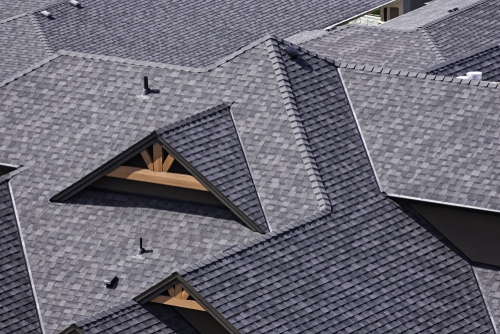
A combination roof is a combination of two or more roof styles, creating a unique and customized look. This style is commonly used in larger homes and commercial buildings.
Pros:
- Offers flexibility in terms of design options.
- Can provide different benefits from each style incorporated.
Cons:
- More complex to construct, making it a pricier option.
- Requires more maintenance and upkeep due to the combination of different roof styles.
Additional Considerations
Aside from the pros and cons of each roof style, there are other factors to consider when choosing the right one for your home or building. These include:
- Climate: The type of roof you choose should be able to withstand the climate in your area. For example, a flat roof may not be suitable for areas with heavy rainfall or snowfall.
- Building codes: Make sure to check local building codes and regulations before deciding on a roof style. Some areas may have specific requirements or restrictions on certain types of roofs.
- Budget: Different roof styles have varying costs, so it’s essential to consider your budget and choose a style that fits within it.
- Maintenance: Some roof styles may require more upkeep and maintenance than others. Consider the time and effort you’re willing to put into maintaining your roof before making a decision.
- Aesthetics: Your roof not only protects your home but also contributes to its overall appearance. Choose a style that complements the architectural style of your home and adds to its curb appeal. Overall, it’s crucial to carefully consider all aspects before deciding on a roof style. With proper research and consideration, you can find the perfect roof for your home or building that will provide both aesthetic appeal and functionality for years to come. So go ahead and explore different styles to find the one that suits your needs and preferences best! Happy building!
Conclusion
In every home or building, the type of roof used has a significant impact on its overall appearance, functionality, and durability. It’s essential to carefully consider all factors before deciding on a roof style that best fits your needs and preferences. Each roof style has its pros and cons, and it’s crucial to weigh them all against your specific requirements. Whether it’s a simple shed roof or a combination of different styles, the right roof can enhance the aesthetic appeal and functionality of any structure. So when choosing a roof style, take into account factors such as climate, budget, maintenance, and design preferences to make an informed decision that will benefit you in the long run. So, make your choice wisely and enjoy a beautiful and functional roof over your head! Happy building.

